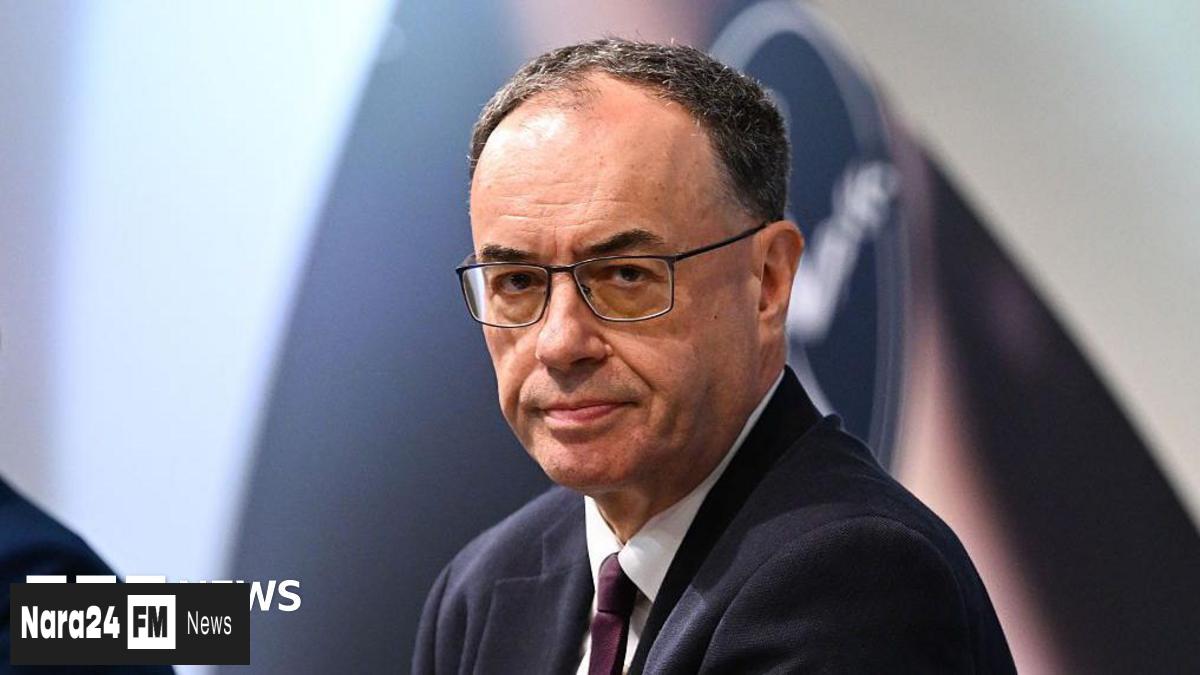In This Article
- Rate Cut Amid Persistent Inflation
- Key Factors Behind the Cut
- Economic Growth Remains Fragile
- Savings and Consumer Confidence
- Uncertain Economic Outlook
Key Takeaways
- The Bank of England cut interest rates to 4%, despite inflation above its 2% target, to address cooling in the labor market and potential easing of inflationary pressures, though this decision faced internal opposition.
- The UK economy remains fragile, with only modest GDP growth expected, despite recent trade deals, as car exports to the US declined significantly, highlighting ongoing economic challenges.
- High savings rates and consumer hesitancy to spend, coupled with government policies like increased National Insurance contributions, are dampening economic recovery, as the Bank warns of the need for consumer confidence to boost growth.
The Bank of England’s recent decision to cut interest rates to 4% has sparked confusion, as inflation continues to hover significantly above its 2% target. Economists are left questioning why the Monetary Policy Committee (MPC) chose to act now, given the persistent rise in food prices and the expectation of further rate reductions this year. The move, which required a rare second vote due to close deliberations, highlights the central bank’s internal debate over balancing inflation control with economic recovery.
Key Factors Behind the Cut
Governor Andrew Bailey and his team emphasized that the labor market’s cooling—marked by a decline in job vacancies and a rising unemployment rate—could ease inflationary pressures in the medium term. However, this rationale contrasts sharply with the stark reality of soaring food costs, which are projected to climb further in the coming months. The MPC’s decision also faces scrutiny, as Deputy Governor Clare Lombardelli and Chief Economist Huw Pill opposed the rate cut, arguing for a more cautious approach. Bailey admitted the uncertainty surrounding the timing of future reductions has increased, complicating the central bank’s forward guidance.
Economic Growth Remains Fragile
Despite five rate cuts in the past year, the UK economy has not shown robust recovery. The Bank anticipates a meager 0.1% GDP growth in the second quarter, according to upcoming data from the Office for National Statistics. However, a slight uptick to 0.3% is forecasted in the third quarter, partly fueled by a recent trade deal between the UK and the US aimed at reviving exports. This optimism is tempered by a 24% slump in car exports to the U.S. last month, which the Bank hopes will reverse.
Savings and Consumer Confidence
A critical barrier to economic growth has been the UK’s exceptionally high savings rate, which has lingered at pandemic-era levels. While wages have outpaced inflation, households remain hesitant to spend, likely influenced by the lingering effects of high interest rates and a generally pessimistic economic outlook. Government policies, such as the increase in National Insurance contributions and the national living wage, are also cited as potential headwinds. The Bank warns that unless consumer spending rebounds and savings rates drop, the anticipated growth boost may not materialize.
Uncertain Outlook
With inflation not yet fully under control and the impact of recent policy changes still unfolding, the Bank of England faces the challenge of managing expectations. The MPC’s divided stance underscores the complexity of its mandate, as officials weigh the risks of prolonged high inflation against the need to stimulate a sluggish economy.
For more analysis, visit the BBC article.







Comments (0)
Leave a Comment
Be the first to comment on this article!